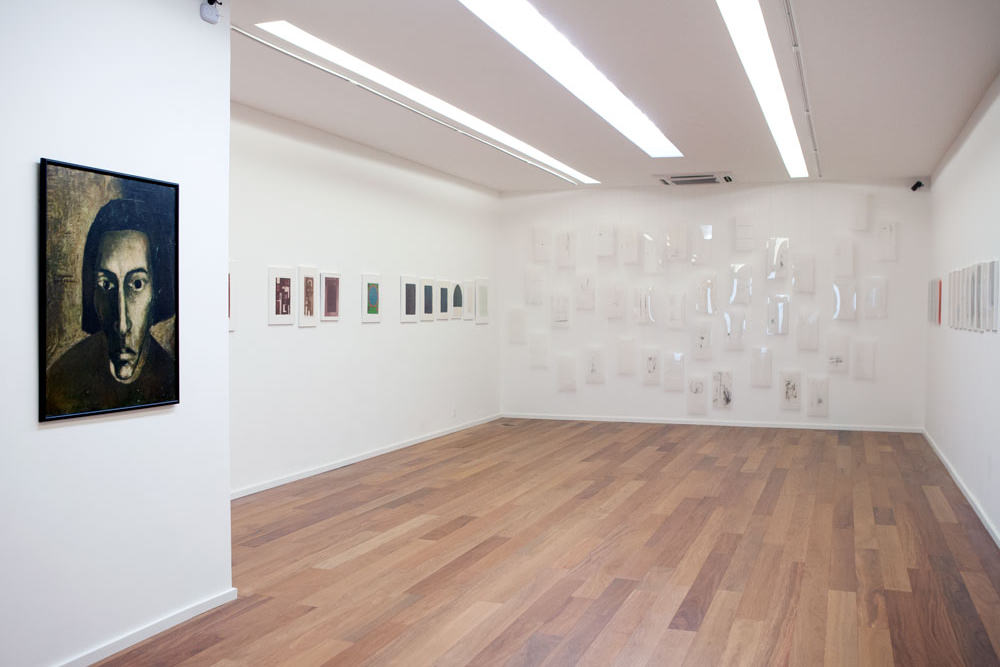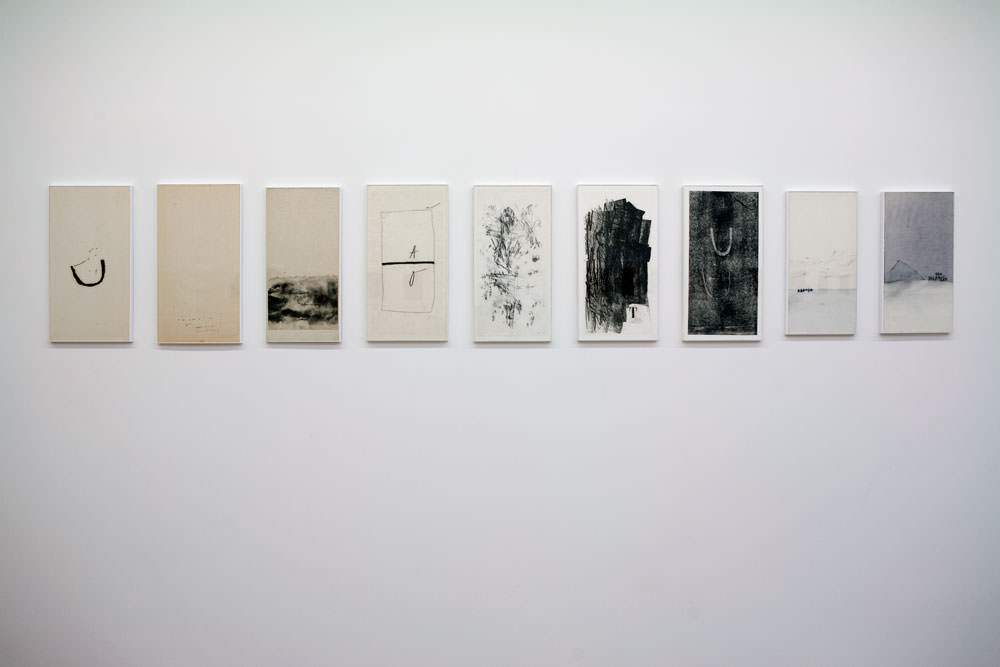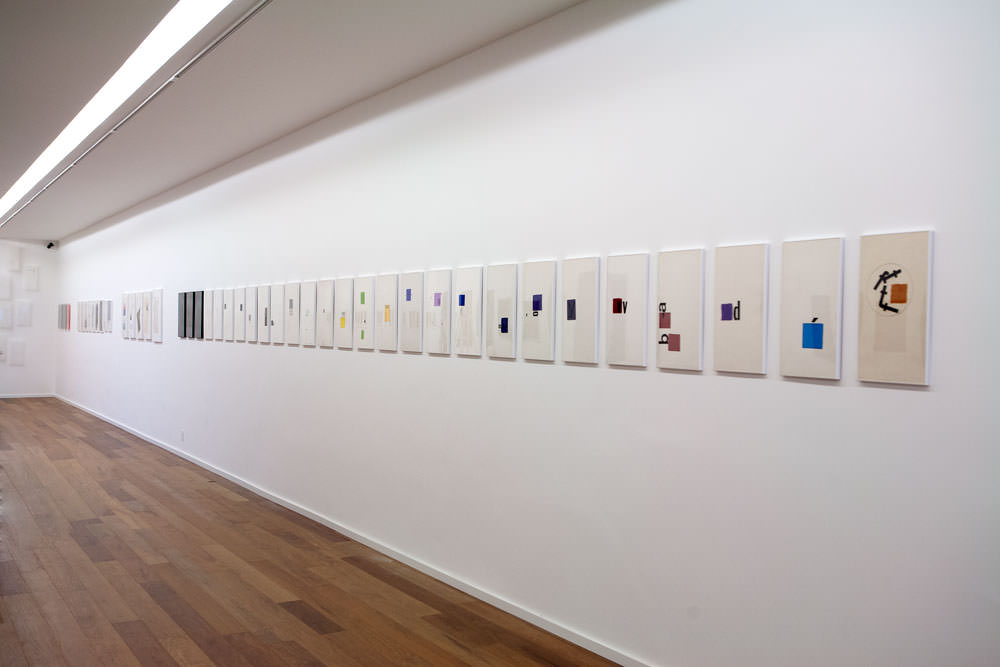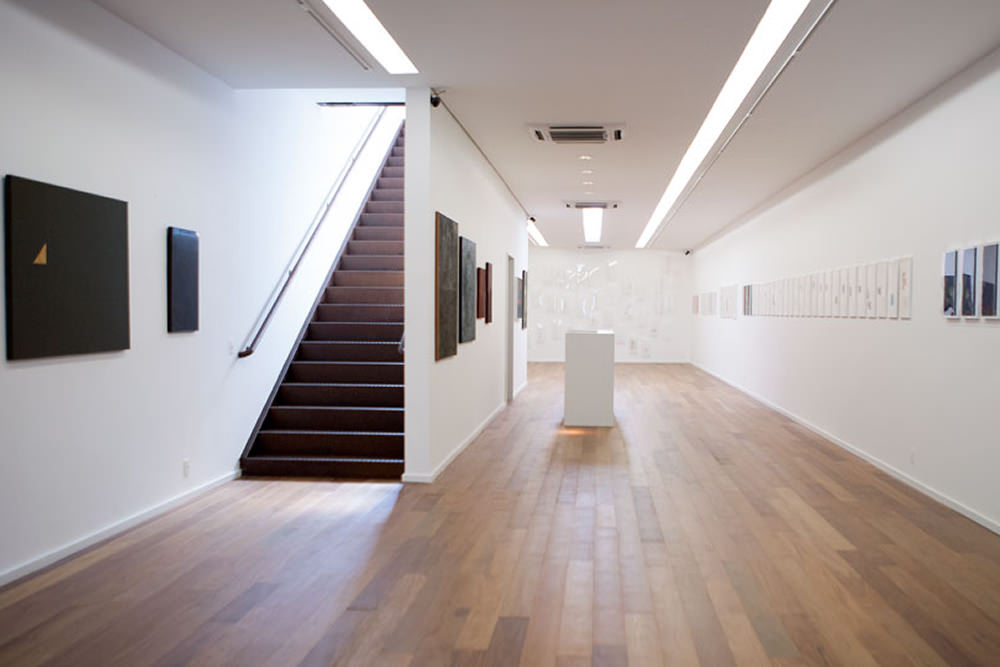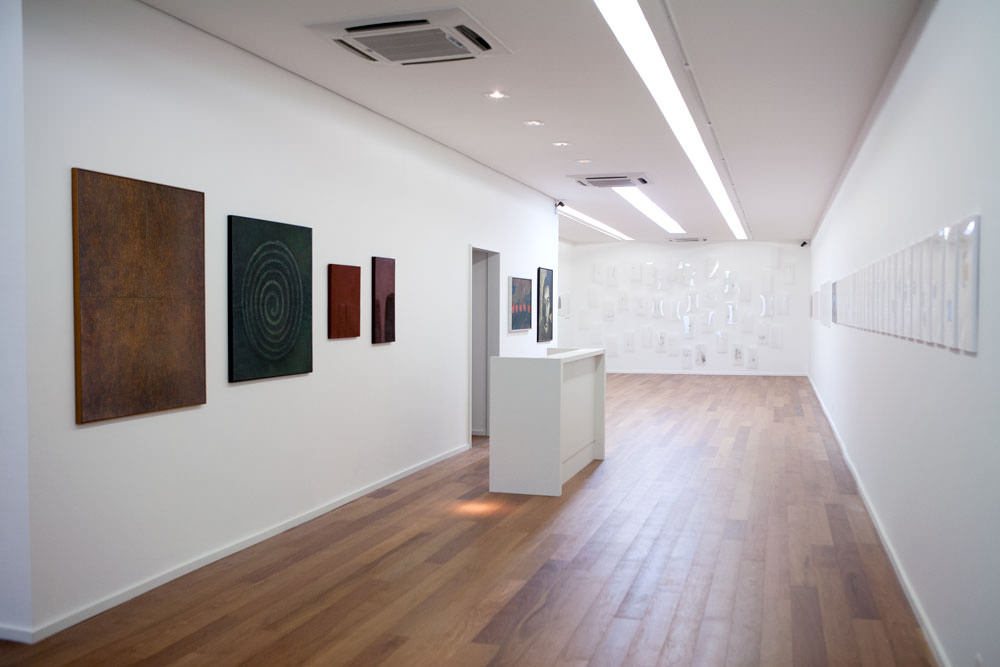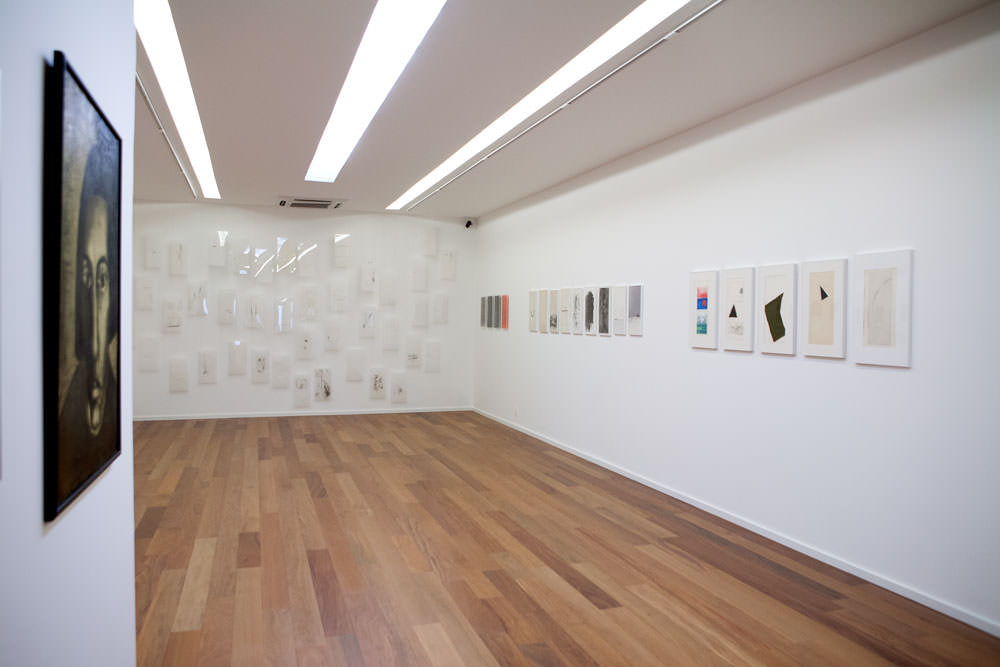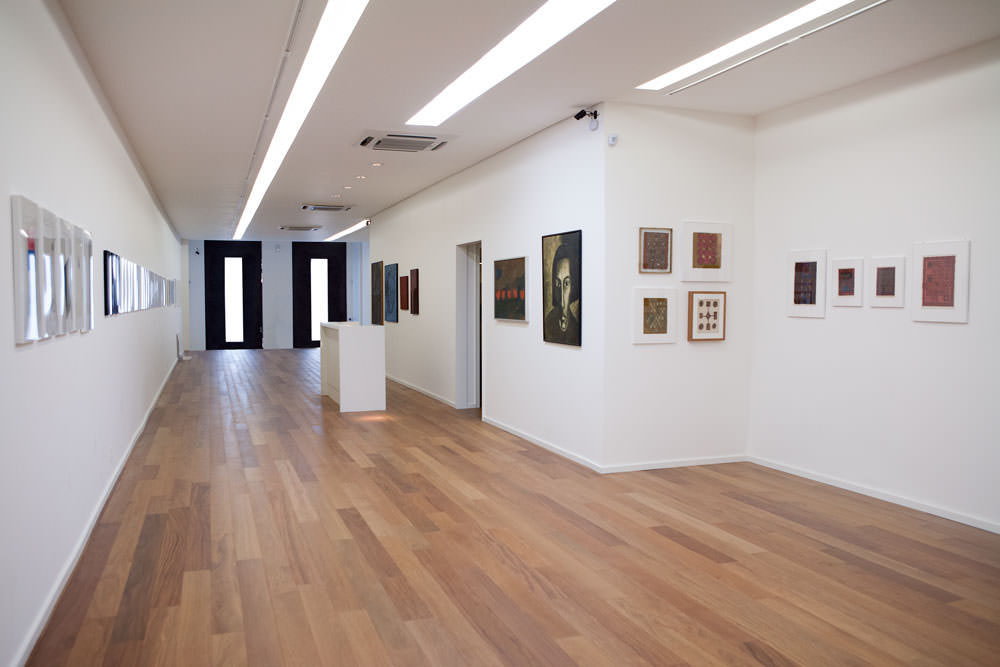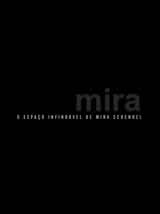Mira Schendel
Mira Schendel's Endless Space
MIRA SCHENDEL
More than 25 years after Mira Schendel's death, each new exhibition of the artist is capable of surprising us with little-known or previously unexhibited works. In the postwar art scene, artists like her, who have produced work that not only maintains its potency over the years but still evokes a sense of freshness and novelty after so long, are rare. And no matter how much one tries to frame her production within a specific period or style, it eludes any fixed label. Our view of the totality of Mira's work, whose entirety we are far from fully grasping, is constantly expanded by new discoveries that reveal a fruitful diversity of series and families of works, challenging overly rigid interpretations.
Mira likely worked incessantly, and her curiosity and drive for experimentation led her to continually incorporate new materials and practices into her artistic creation. This is the first impression that emerges when we contemplate the group of works gathered here. Alongside his best-known series, such as the Monotypes, oil drawings on the finest rice paper, the Toquinhos, with letters and collages of dyed paper cutouts, and the tempera and gold leaf paintings from his final years, we find the gouache drawing (Untitled, 1954), which recalls the asymmetrical facades of his paintings from the 1950s, but also allows us to glimpse elements constitutive of these other, better-known series. Although a work from the early phase of his career, dating from the year Mira moved to São Paulo and held his first solo exhibition at the Museum of Modern Art, this small drawing already indicates his preference for irregular geometry in asymmetrical compositions, where he is interested in balancing luminosity and transparency with opaque fields of color. It also reveals the organic nature of her line, at once delicate and incisive, which emerges spontaneously on the surface of the paper.
In the case of another group of Mira's little-studied works, the Embroidery from the early 1960s, it is possible to witness her commitment to exploring the expansive nature of the ink (ecoline) and its impregnation into the handmade paper, where wefts incorporate stains formed by the unpredictability of the material. In these delicate drawings, we also see the formation of a pictogrammatic universe that would be present in almost all of her later work (and to which letters and numbers were soon added), a clear reminder of her admiration for the Uruguayan artist Joaquín Torres Garcia.
In the amusing "London Diary" (1966), in which Mira apparently uses tracing letters (letraset) for the first time, and in the drawing "Bar Tangará" (1964), we witness the artist's witty and humorous side, which would later reappear with force in the rare spray paint drawings of the 1970s, in bright and vivid tones, and in the colorful Toquinhos series, in which she plays with the creation of a particular language in which letters are associated with colors. Somehow, her joie de vivrea approaches the childlike, yet far from superficial, lightness of artists such as Paul Klee, Matisse, and Volpi.
Deep down, one realizes that nothing in her work was fixed: for Mira, the making of art was, above all, a living experience and, therefore, a changing one. In one of the only statements about her work, she said that she sought to immortalize the dynamism of life through "symbols" (which were her patterns, colors, letters, shapes, and gestures). A student of phenomenology, among other Western and Eastern philosophical currents, she knew, on the other hand, that, as such, this same experience was not exempt from the constant balance of forces in tension. In this sense, I believe that, today, we can no longer evaluate the quality of her work without taking into account these unorthodox developments, which demonstrate the versatility and vigor of her creation.
Text by Taisa Palhares
